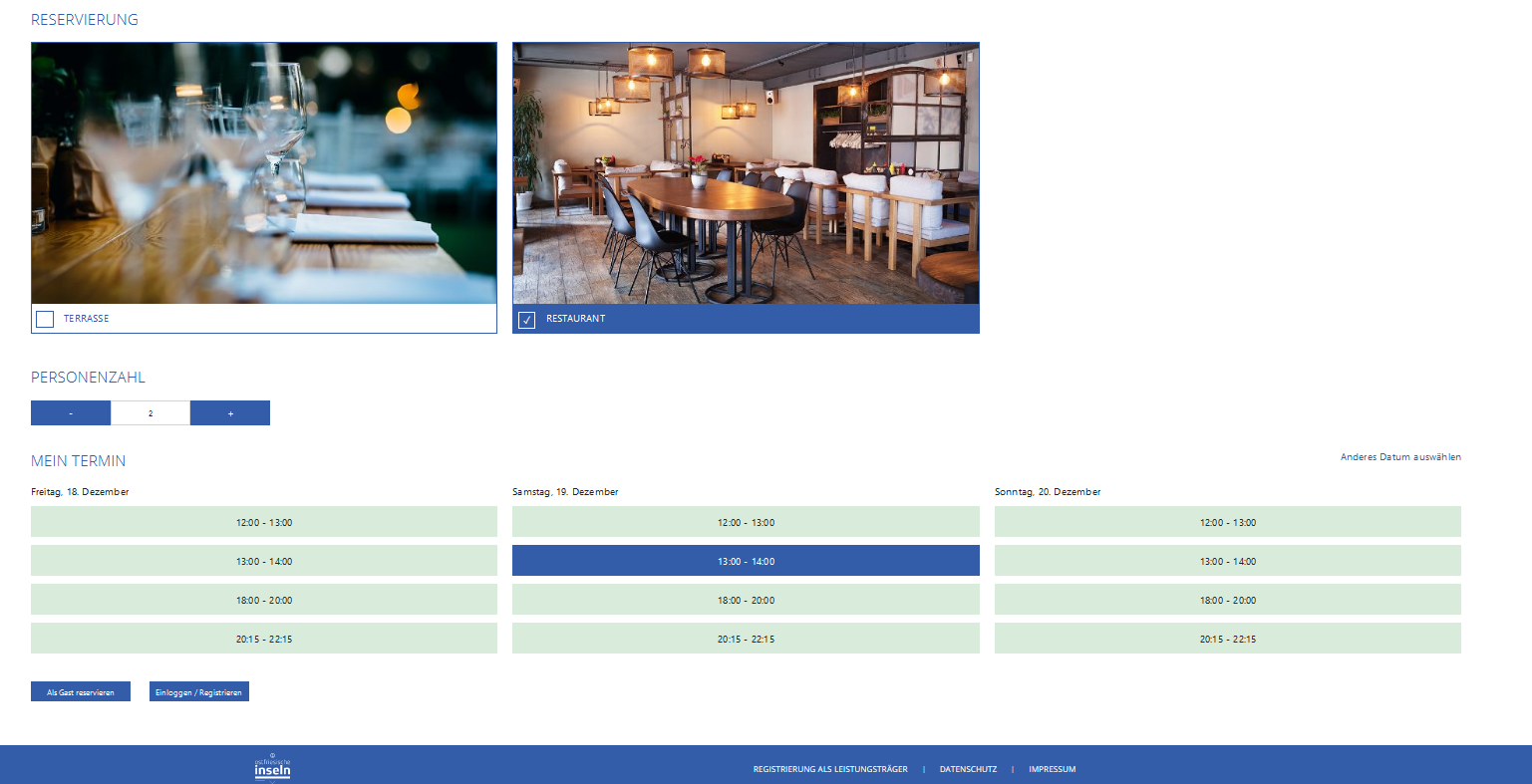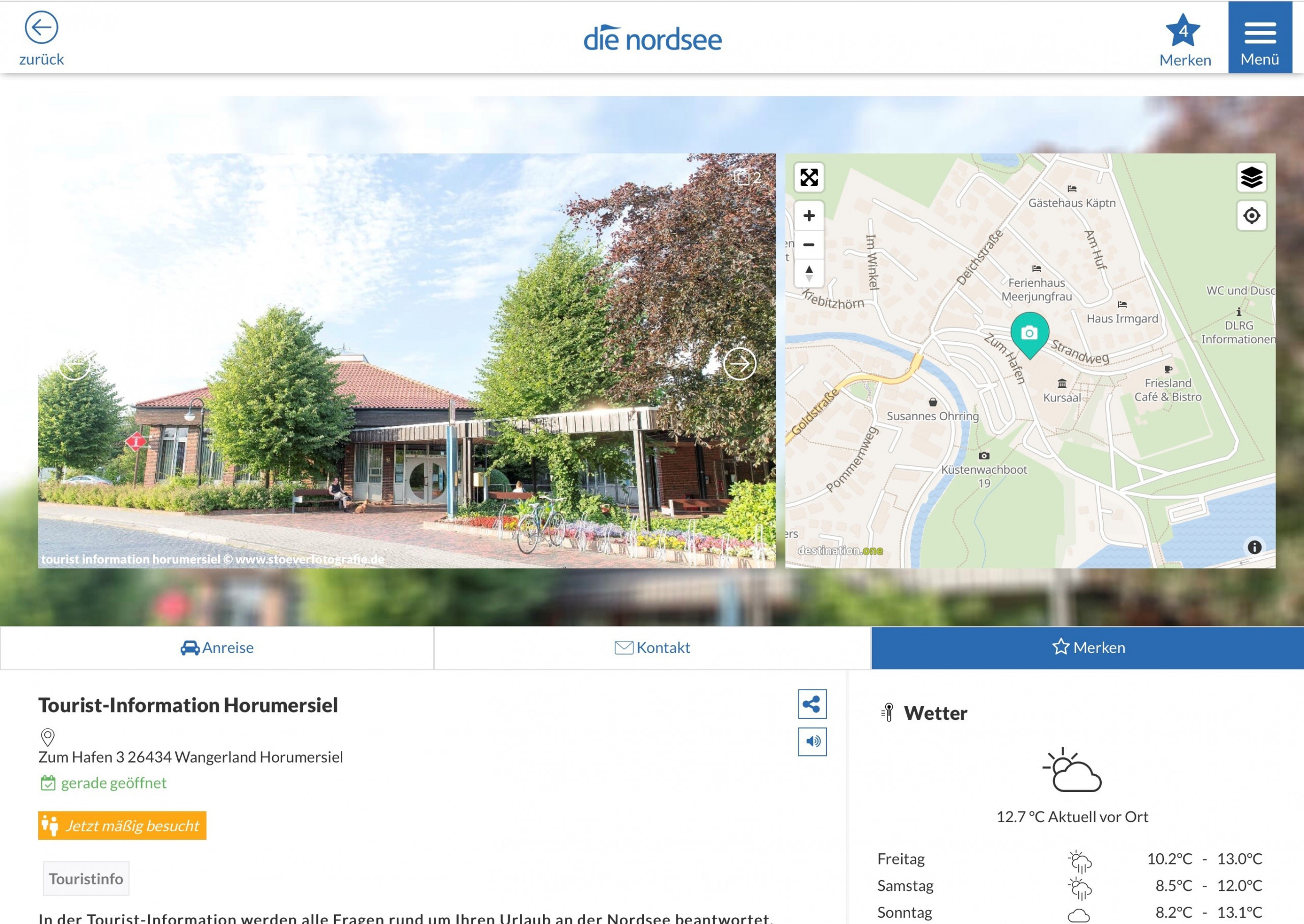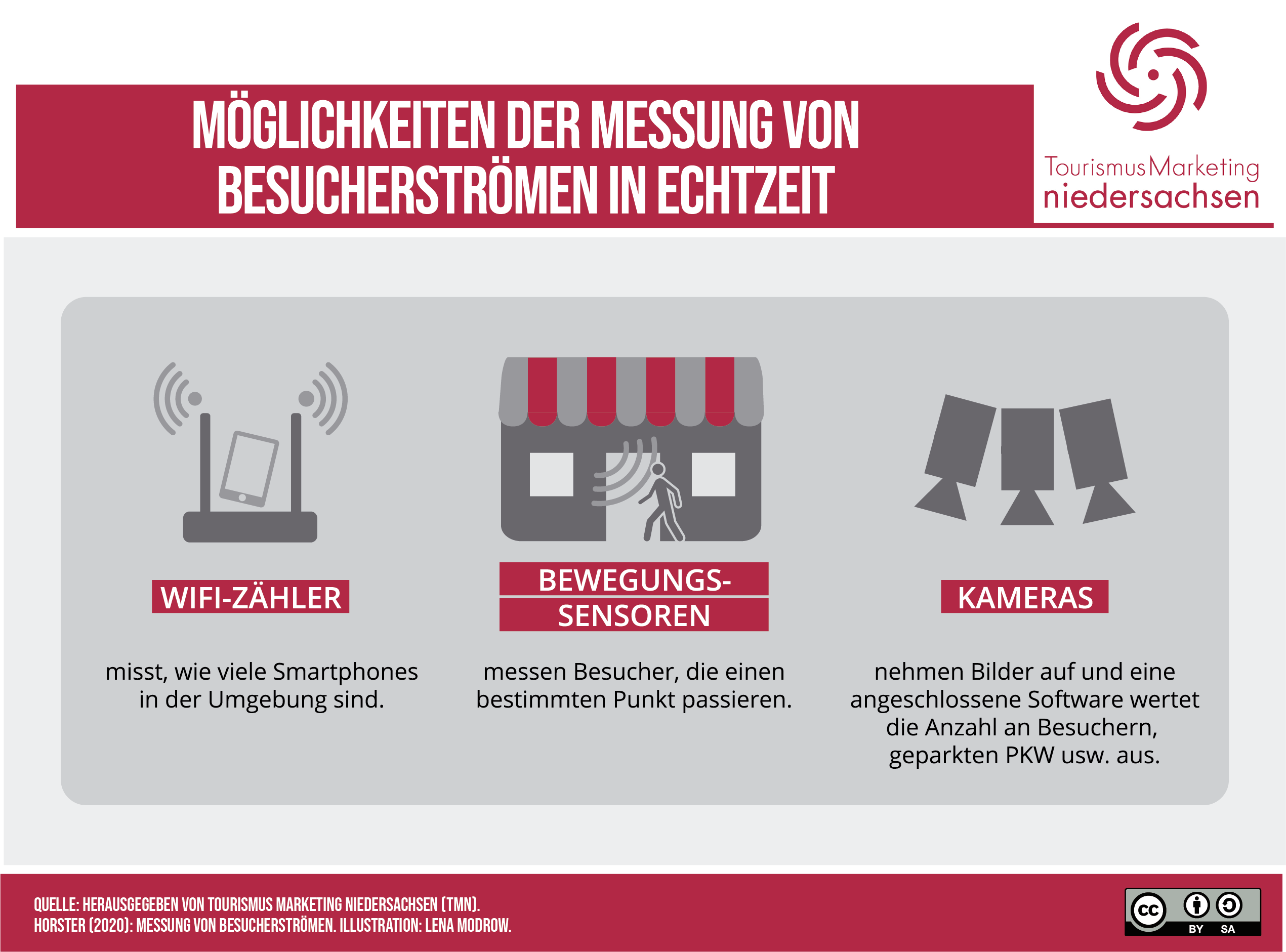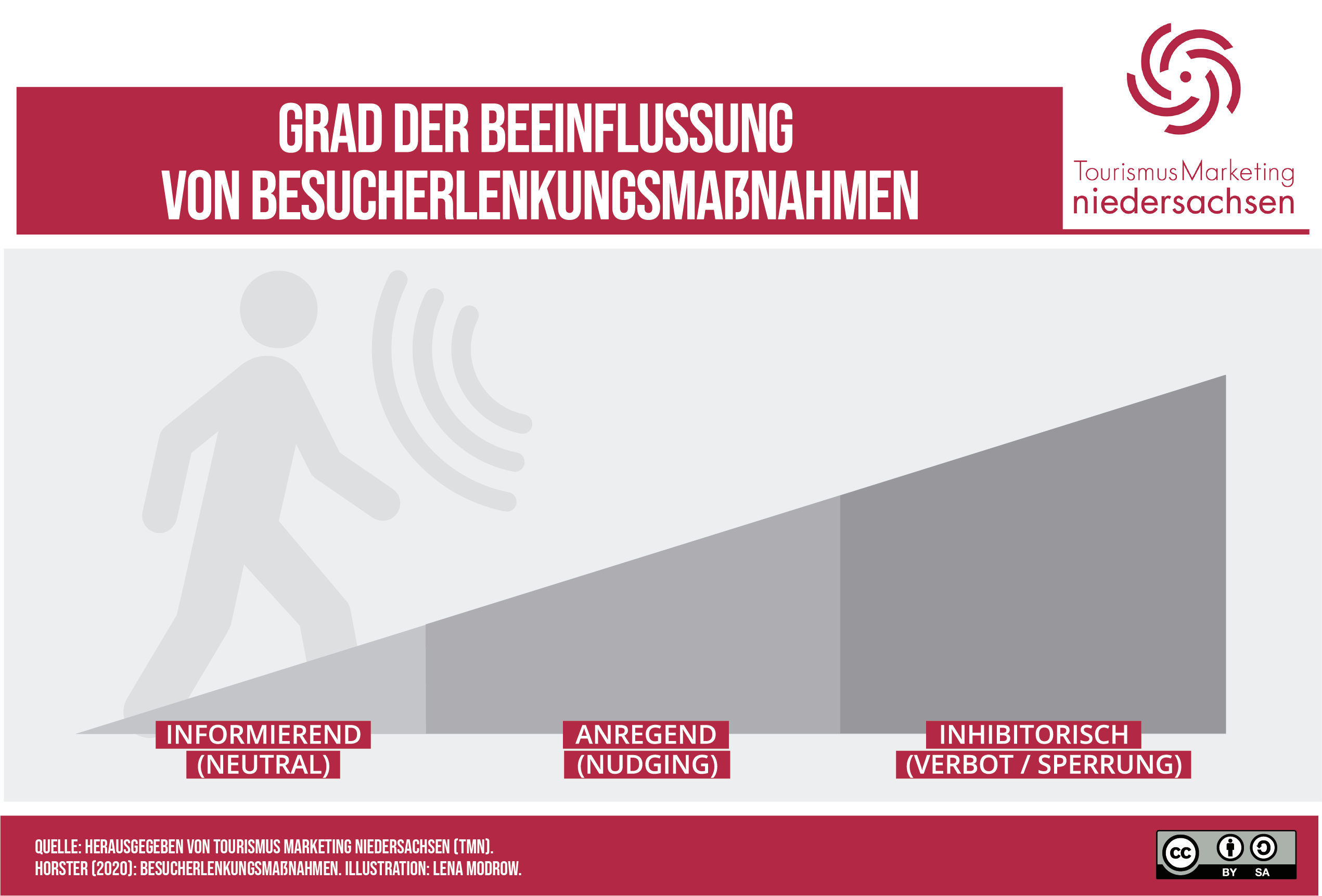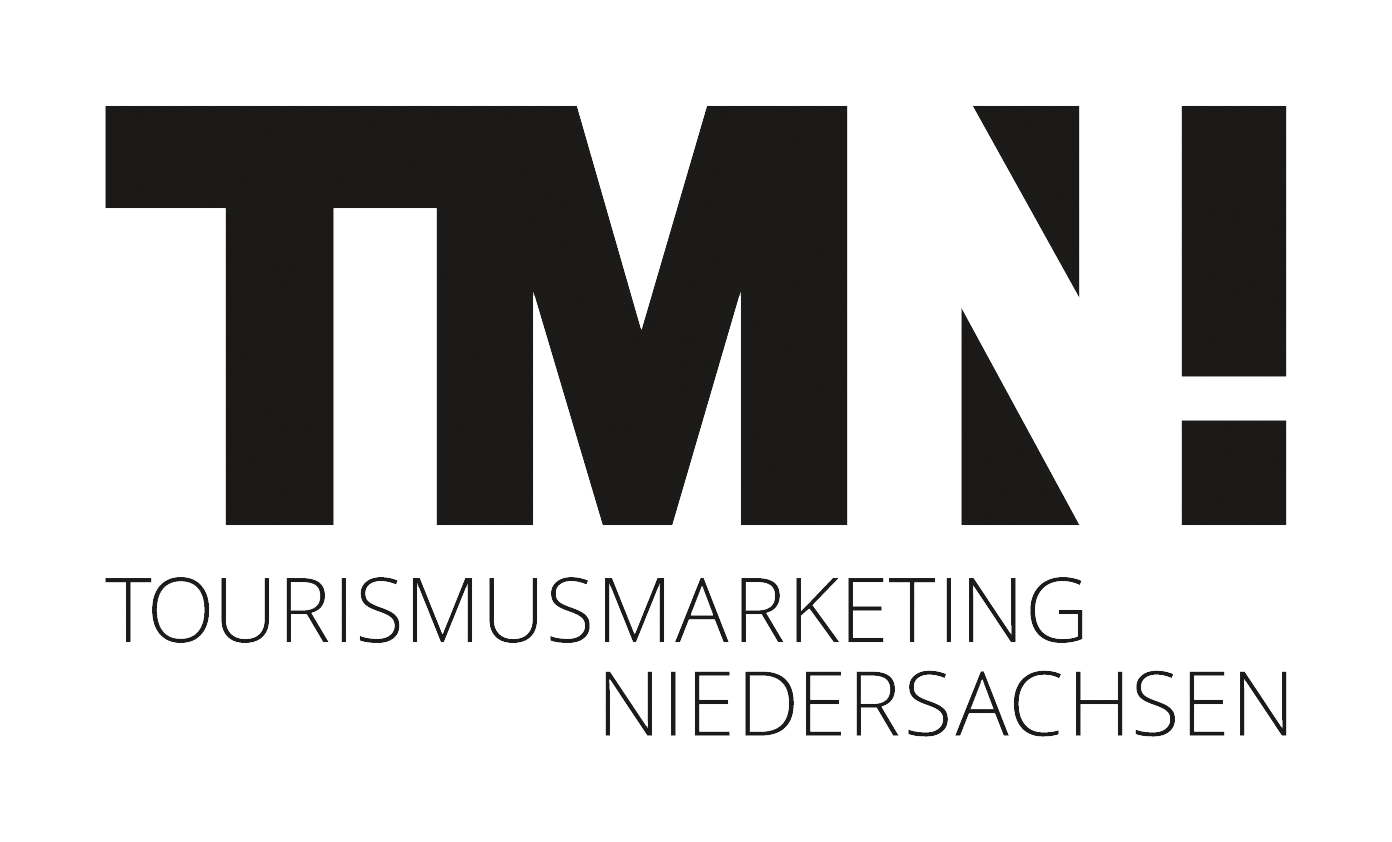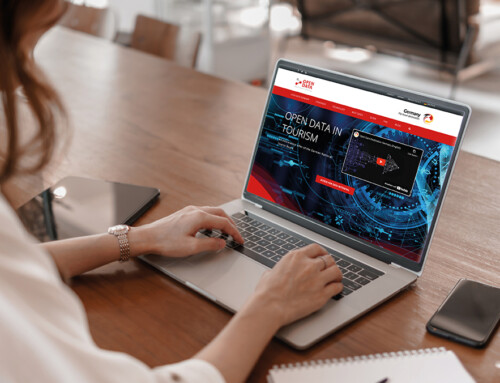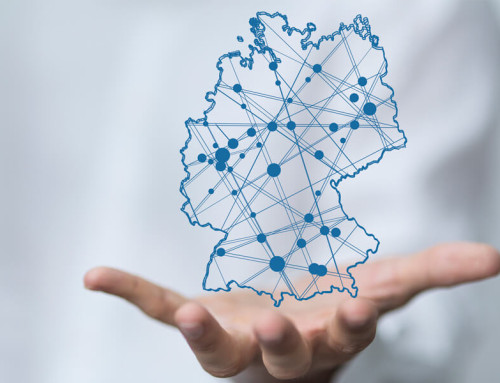The Corona pandemic has brought the issue of visitor guidance into focus. In tourist regions, hygiene and distance regulations must be met. This leads to reduced capacities in many places. Against the background of the discussion about overtourism and sustainability, active visitor management was already an important factor and will only rise in the future. Visitors need to be directed to areas that can still accommodate guests and also need to be informed in advance when capacity limits have been reached at a location. On the one hand, this allows tourist destinations to present themselves to the outside world as safe and well-managed destinations. On the other hand, it helps to avoid frustration among guests by providing real-time information on where excursions are still possible and where they are not.
Such control can be achieved through digital tools. The East Frisian Islands, for example, have developed a joint solution for reservations for restaurant visits or sightseeing, where guests only have to register once.
This innovative application was also necessitated by the need to demonstrate visitor volumes across islands due to COVID-19 requirements. There is a separate application for each island and it is possible to integrate this solution on the partners’ websites. Thus, reservations can be bundled centrally at different digital locations. This has the advantage that visitors can choose alternatives should a restaurant be fully booked, which can lead to a better distribution of guests on the islands. The service providers then receive a daily e-mail about the status of the reservations and the guest in turn receives a reminder. Lists for tracing infection chains can also be exported from the system and transmitted to health authorities.
Another example for Lower Saxony is provided by Wangerland, where the number of visitors to beach access points and tourist information centres is measured using Wifi meters. The data can already be transferred to the Niedersachsen Hub, as the software requirements have already been met.
The data is then played out in real time on the information points (touch monitors) installed on site. By means of a traffic light system, guests can directly see whether a beach section or tourist information is little frequented (green), moderately frequented (yellow) or heavily frequented (red). The data can then also be played out in other ways, as the example of the tourist information of Horumersiel shows.
An expansion of this system is under discussion. For instance, it would be possible to install motion sensors or light barriers at entrances and access points, or cameras that anonymously record the number of visitors or parked cars.
A state-wide database solution such as the Niedersachsen Hub simplifies the implementation of such systems, as it bundles information and presents it in a standardised form, so that further data sources can be integrated on this basis. An interconnection of several systems, so that data is only managed in one place in the future, can be a logical consequence of this, which can offer many added values for different groups of actors.
The dynamic real-time data collected in this way can be linked to static and open data such as descriptions of swimming pools, parks, beaches, etc. All data can be bundled in the Lower Saxony Hub. There they can be played out in different ways. This applies to the transmission to different user interfaces such as PWAs on touch monitors, Smart TVs in holiday apartments and hotels or also on the guests’ end devices by means of a welcome page in the free WLAN hotspot of the destination. Here, a distinction can be made between pure information, information for influencing (nudging) and restriction (limitation or blocking).
Destinations have a variety of options for actively influencing visitors. A temporal distribution can be aimed at by advance bookings as on the East Frisian Islands, demand can be influenced by dynamic prices or targeted temporary attractions (events) can be initiated in order to create alternatives in case of high demand. A traffic light system like the one in Wangerland can additionally be available as a basic application.
Last but not least, staging can be used to increase the attractiveness of a place as well as to direct visitors who are on site. By means of innovative approaches, a location can be explored playfully (keyword: gamification) via a scavenger hunt (geocaching), through forms of escape room games, or by means of themed routes.
Eric Horster
West Coast University of Applied Sciences
Eric Horster ist Professor an der Fachhochschule Westküste im Bachelor- und Masterstudiengang International Tourism Management (ITM) mit den Schwerpunktfächern Digitalisierung im Tourismus und Hospitality Management. Er ist Mitglied des Deutschen Instituts für Tourismusforschung.
Mehr zur Person unter: http://eric-horster.de/



